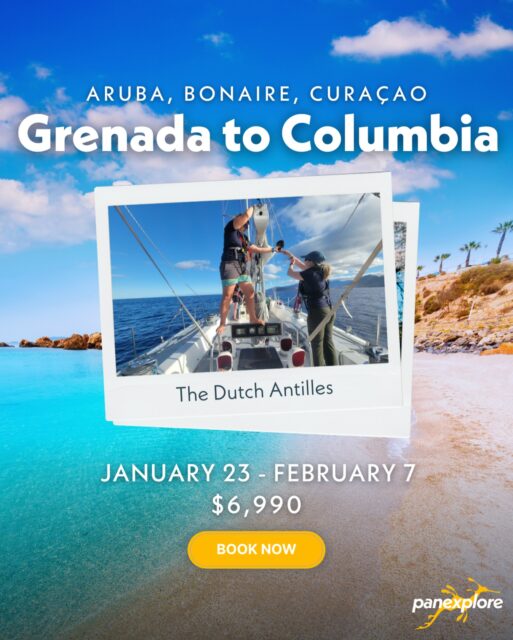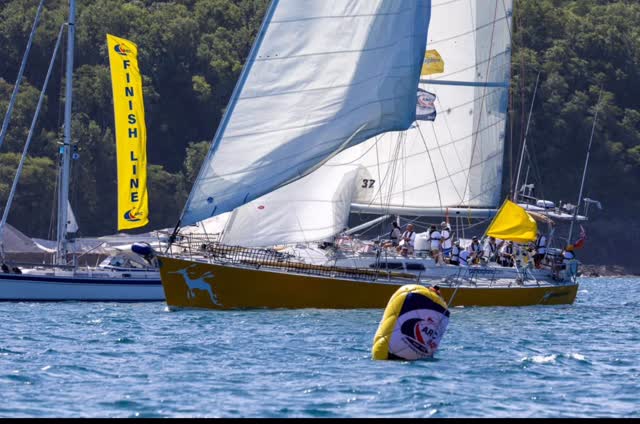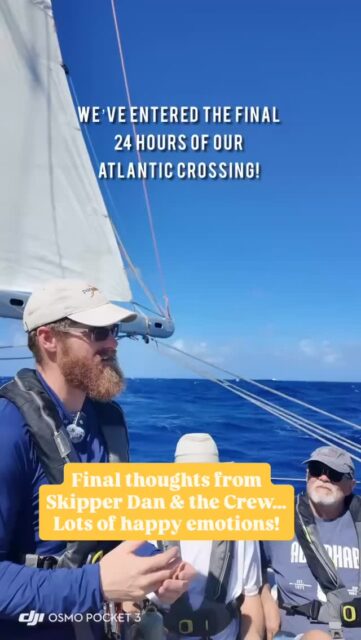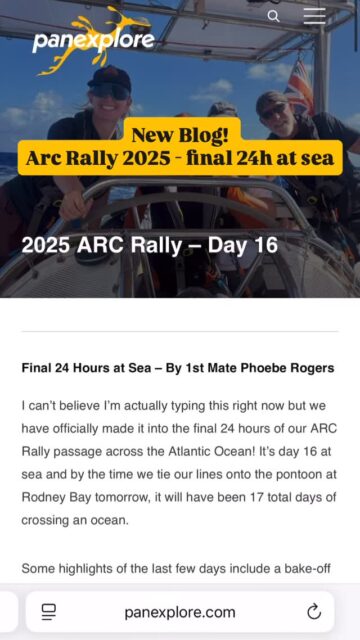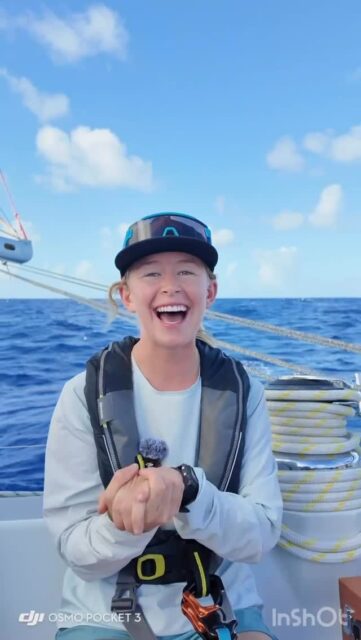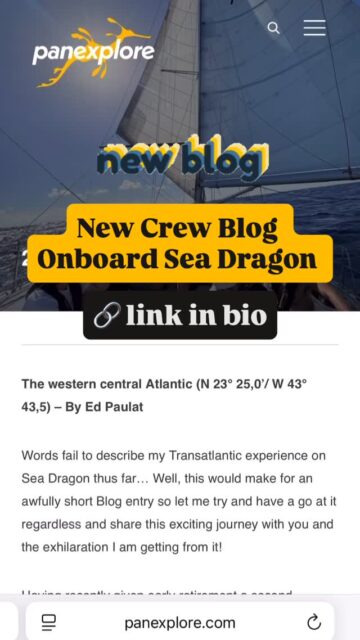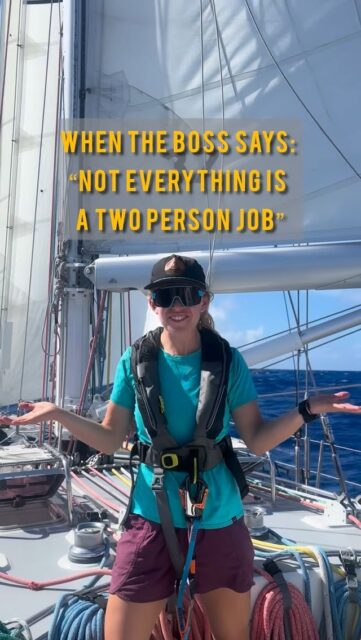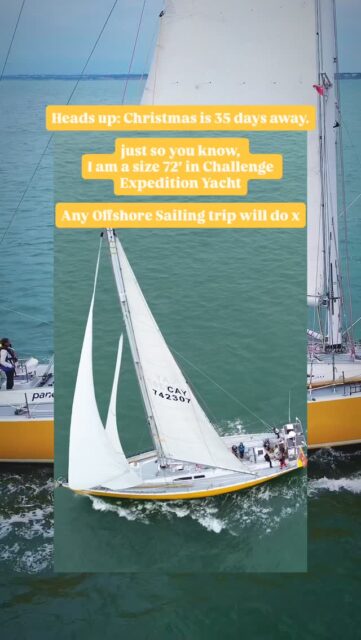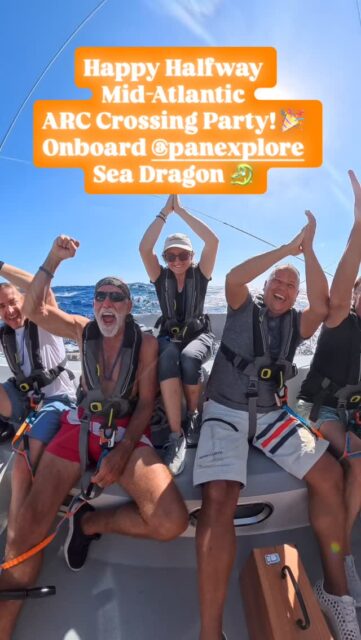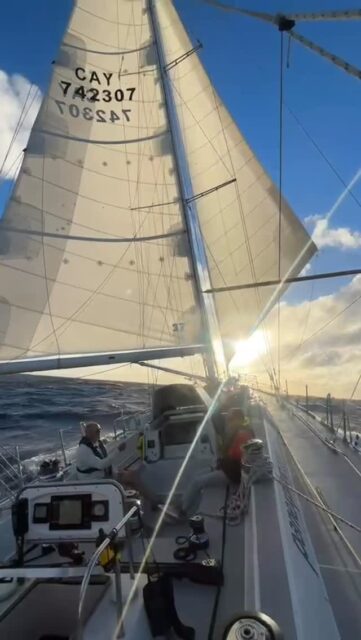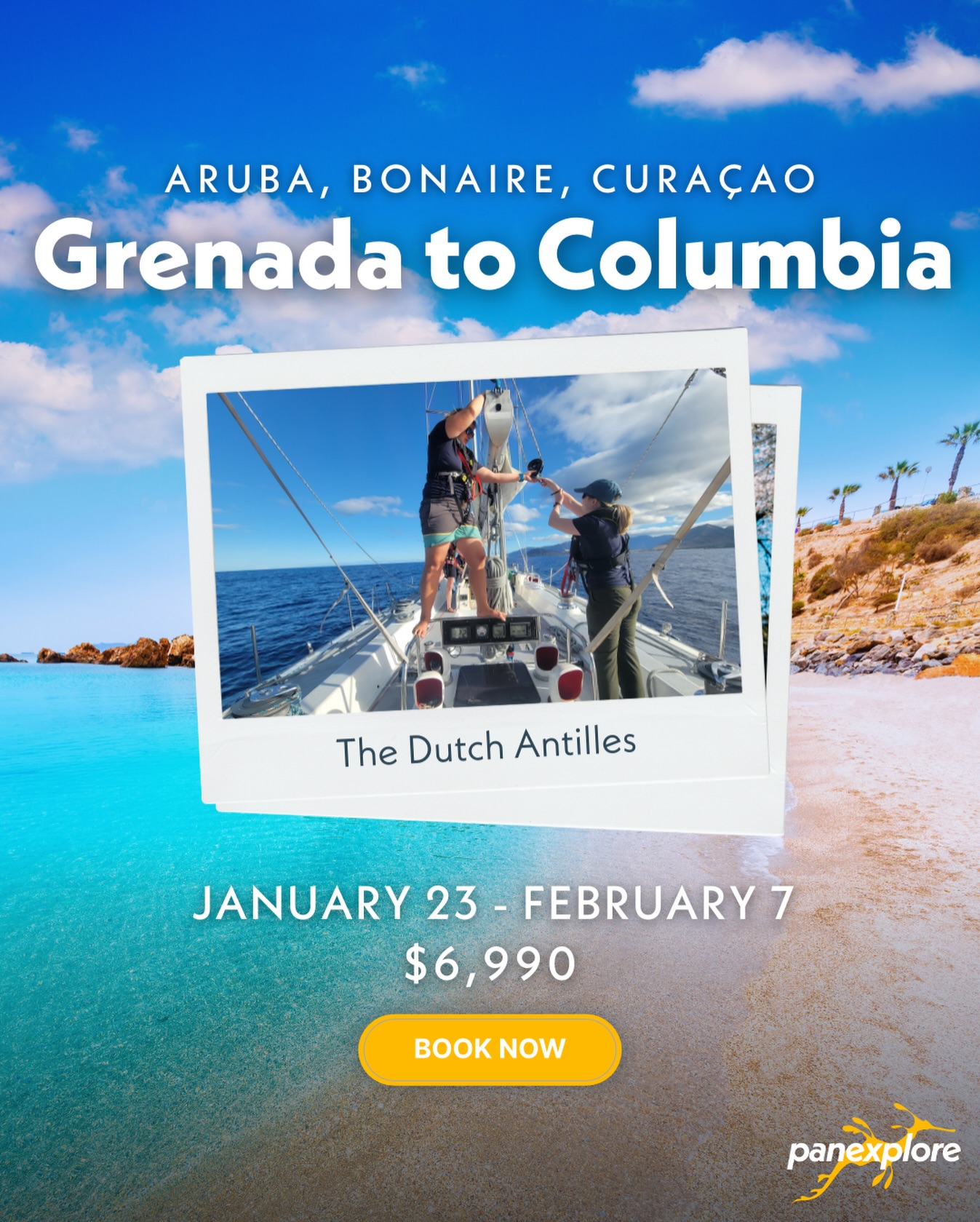By Asta Mail, Great Lakes Expedition Coordinator
FOR THE SUMMER 0F 2013, PANGAEA DECIDED TO GO BIG AND GO FRESH.
 Will Smith in his early days
Will Smith in his early days
No, we’re not leaving marine exploration to start our rap careers. We’re going exploring, somewhere no Sea Dragon has gone before.
We wanted to do something a little different from our ocean expeditions. We wanted to meet more people on our journeys, learn new types of scientific research, and help change the way we, as communities and individuals, look at our natural resources.
We want to travel over lot of water this summer, and have a chance to share our expedition stories with as many people as we can.
 Scene from 2010 film ‘The Other Guys’
Scene from 2010 film ‘The Other Guys’
We have chosen to embark on a journey through one of the world’s greatest water bodies. The area is known by many names, including ‘The Inland Seas’ and the ‘Sweetwater Seas’; but in fact, this area isn’t a sea at all. It is a series of interconnected lakes. Not just any lakes, mind you. Were going to the Great ones!
 The Great Lakes From Space. NOAA Education Photo.
The Great Lakes From Space. NOAA Education Photo.
Sailor and author Jerry Dennis states in his book, ‘The Living Great Lakes’, that “calling [the Great Lakes] lakes is like calling the Rockies hills”.
Their surface covers 94,767 miles of the North American Continent, an area the size of New York, New Jersey, Connecticut, Rhode Island, Massachusetts, New Hampshire, and Vermont, combined.
Almost anyone who has seen them can agree that only their beauty dwarfs their magnitude.
Pangaea Explorations is thrilled to announce its plans to explore the vast beauty of the Laurentian Great Lakes region. Our beautiful ocean going 72 foot sailing vessel, the Sea Dragon, will be making its way to the Lakes region to provide opportunities for scientific research, education and adventure.

Pangaea has always focused on providing opportunities to create a better understanding of the resources around us. We think it’s important that we all know how our actions affect the world, and our own lives. The new series of Great Lakes Expeditions will serve as a platform and study of freshwater systems and to bring awareness to the current issues they face.
The freswater system of The Great Lakes provide drinking water to an estimate 27 million people. They support more than 35 million people in numerous cities and towns, in both Canada and the United States. The incredible waterways that connect them allow products from the interior of the continent to be shipped out to the Atlantic Ocean, and across the world. They support the livelihoods of many people and provide amazing opportunities for recreation, fishing, and the observation of wildlife.
Currently, the Great Lakes face some serious problems, which could affect how we use them in the future. Local citizens have seen enormous changes in the lakes in the last 100 years, and it is important that we begin to look at how our actions are affecting their condition. Pangaea hopes that through our outreach program, we can connect with local citizens and promote their involvement in improving the health and condition of this important area.
Pangaea is in the midst of planning this exciting exploration, but we need some feed back from you. We would love to know; what is your favorite part of the Great Lakes region? Are there any spectacular places you think Pangaea should add to its itinerary? What kind of research should we conduct in the lakes?
Let us know on our Facebook wall or email us at: asta@panexplore.com
As the summer draws closer, Pangaea will be telling you more about this amazing region, and what it has to offer. We will also be offering chances to get involved and learn more about the environmental issues that affect this important water source.
Check back to our blog regularly to learn more about this expedition, and find out how you could be a part of it!
